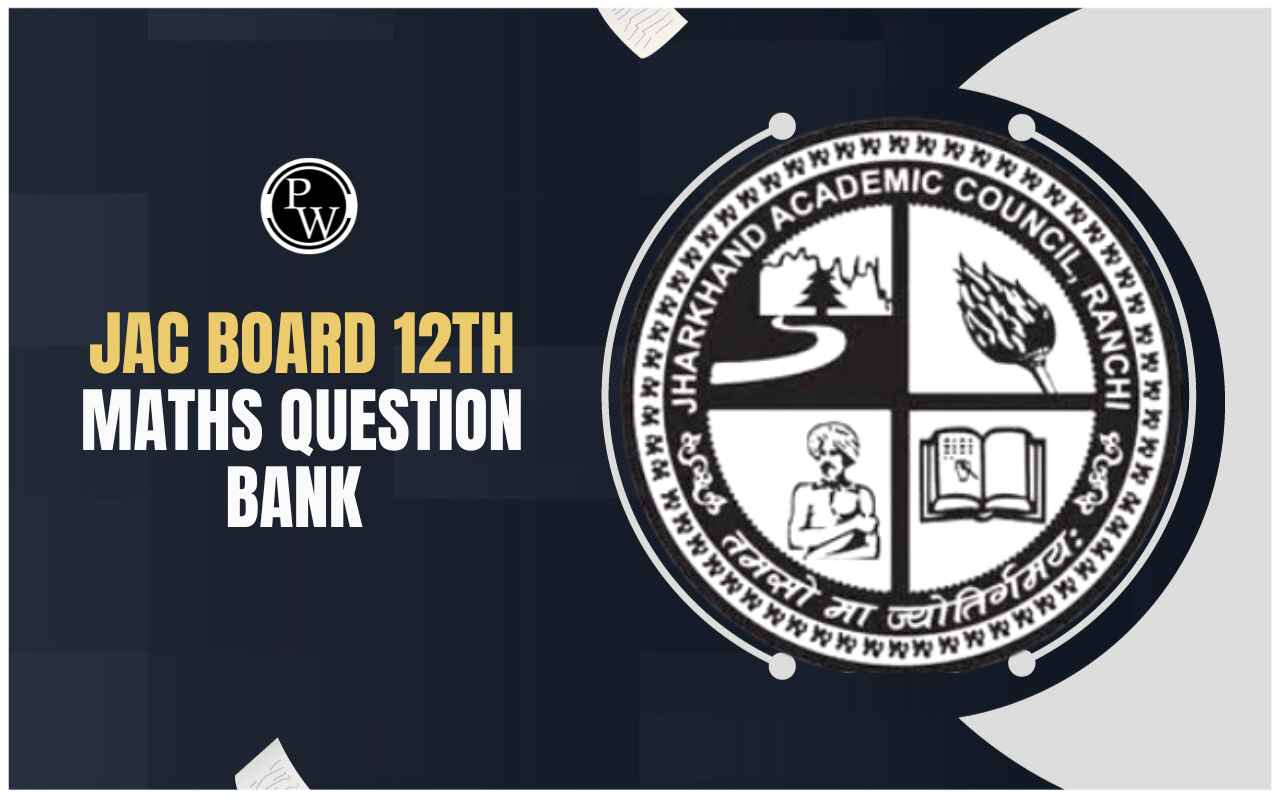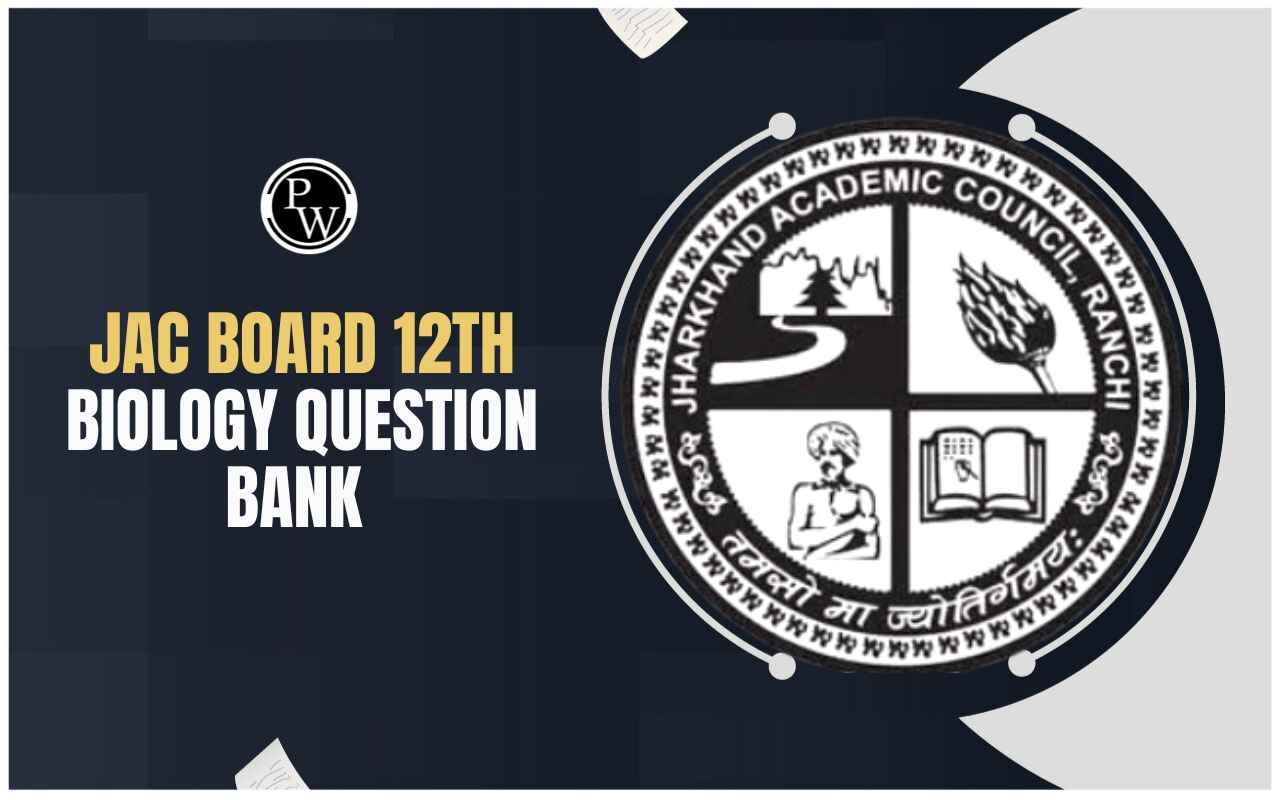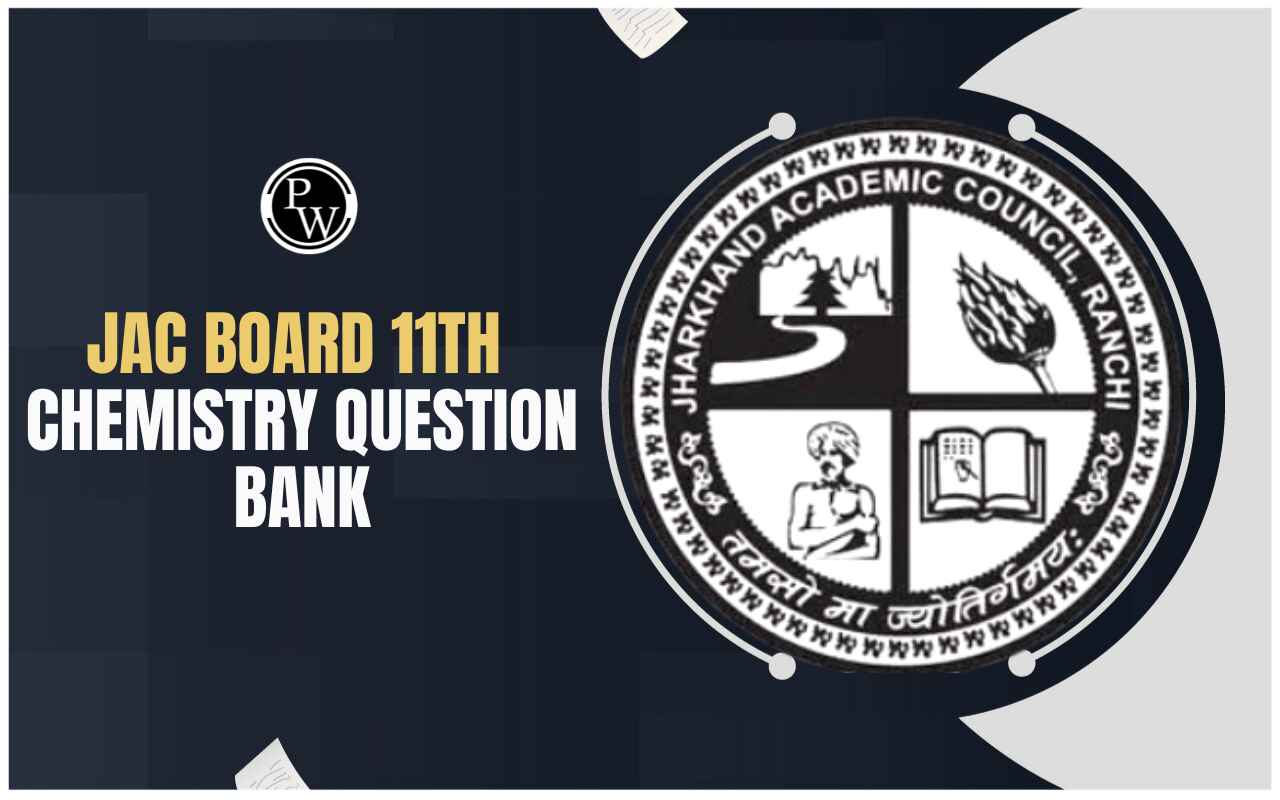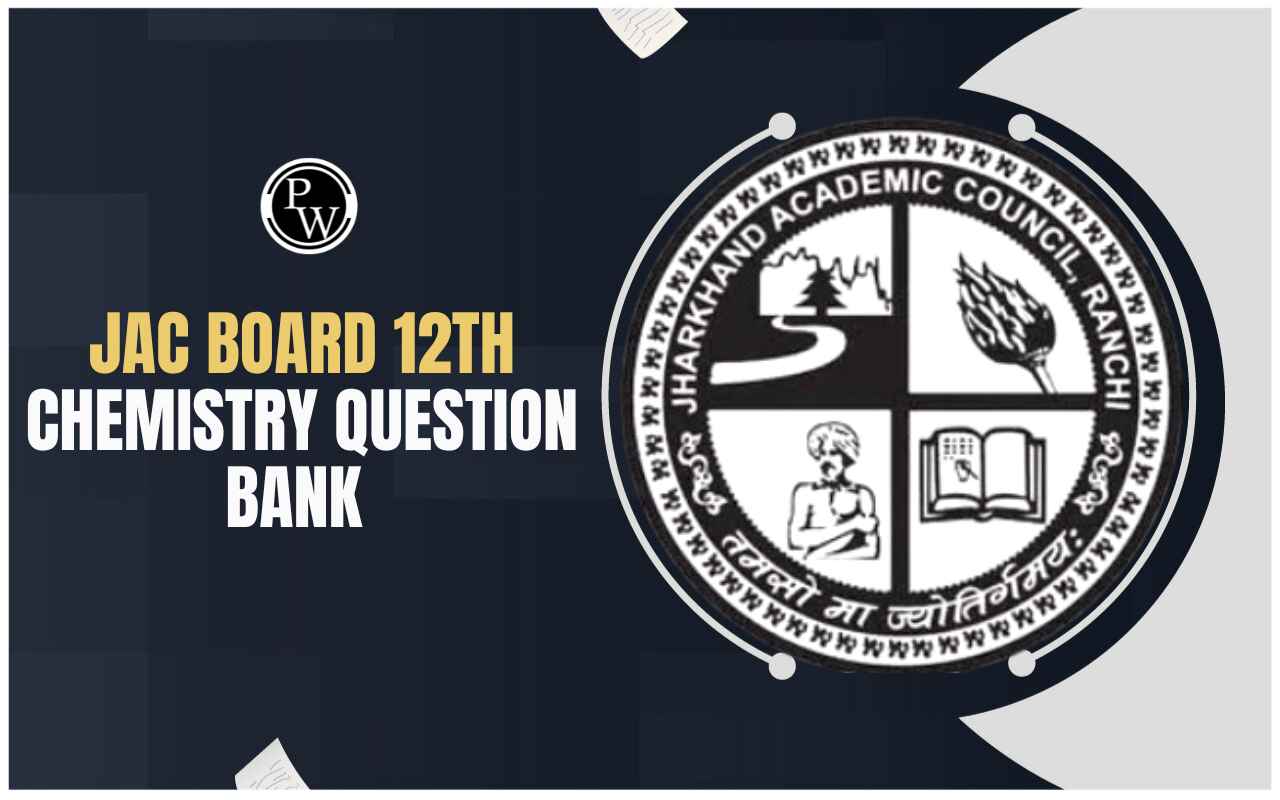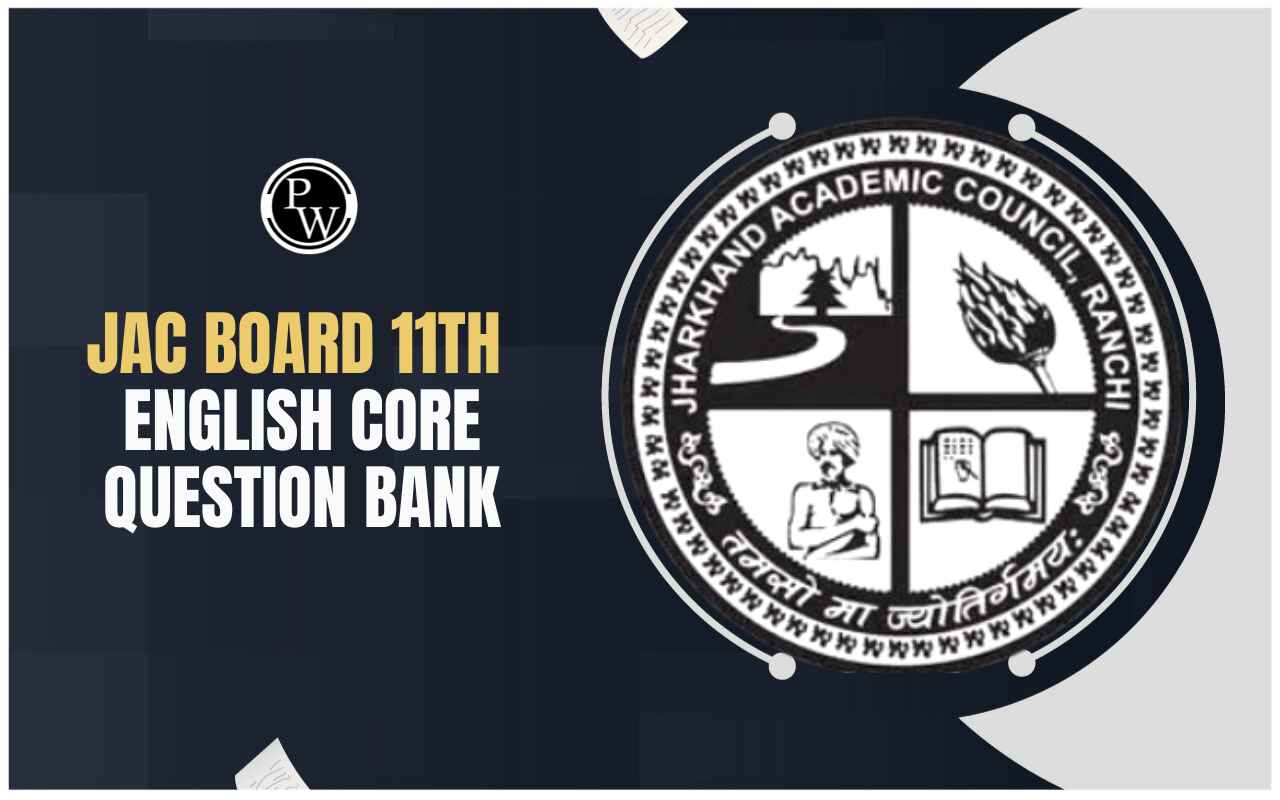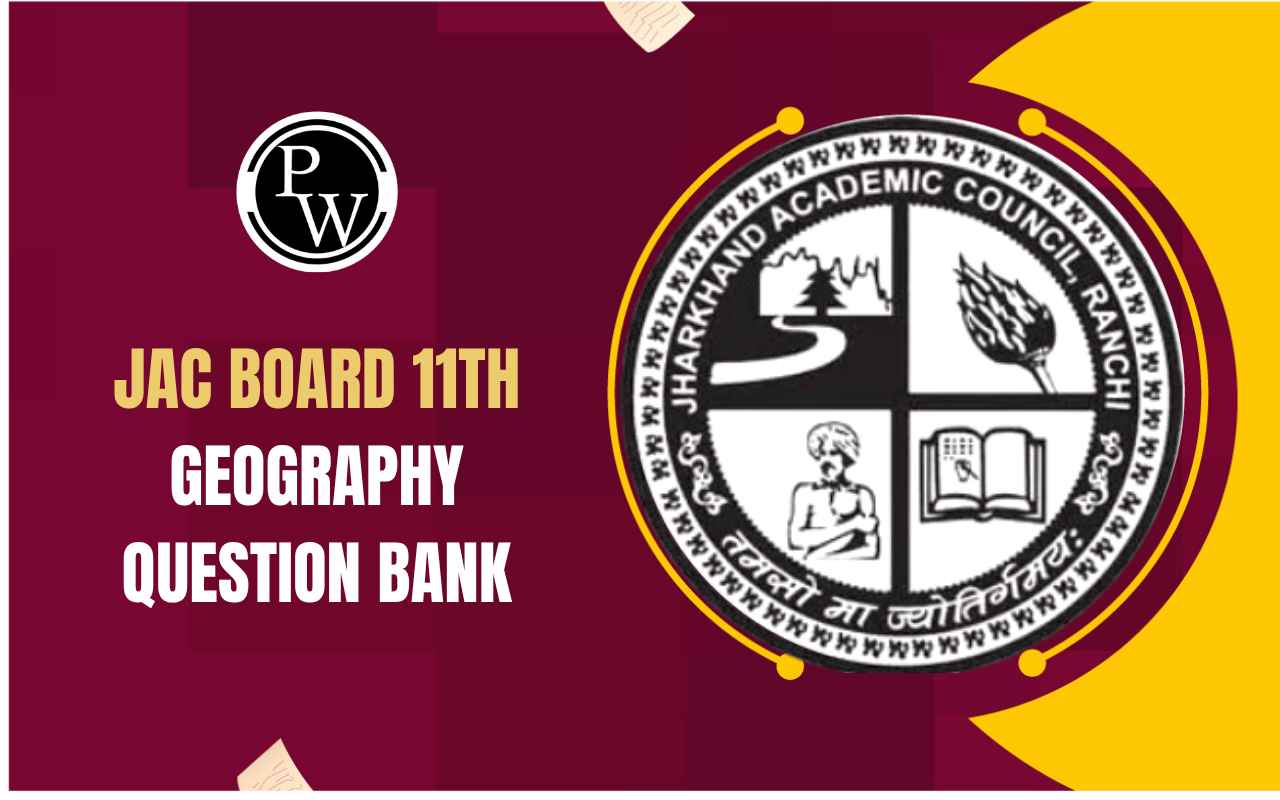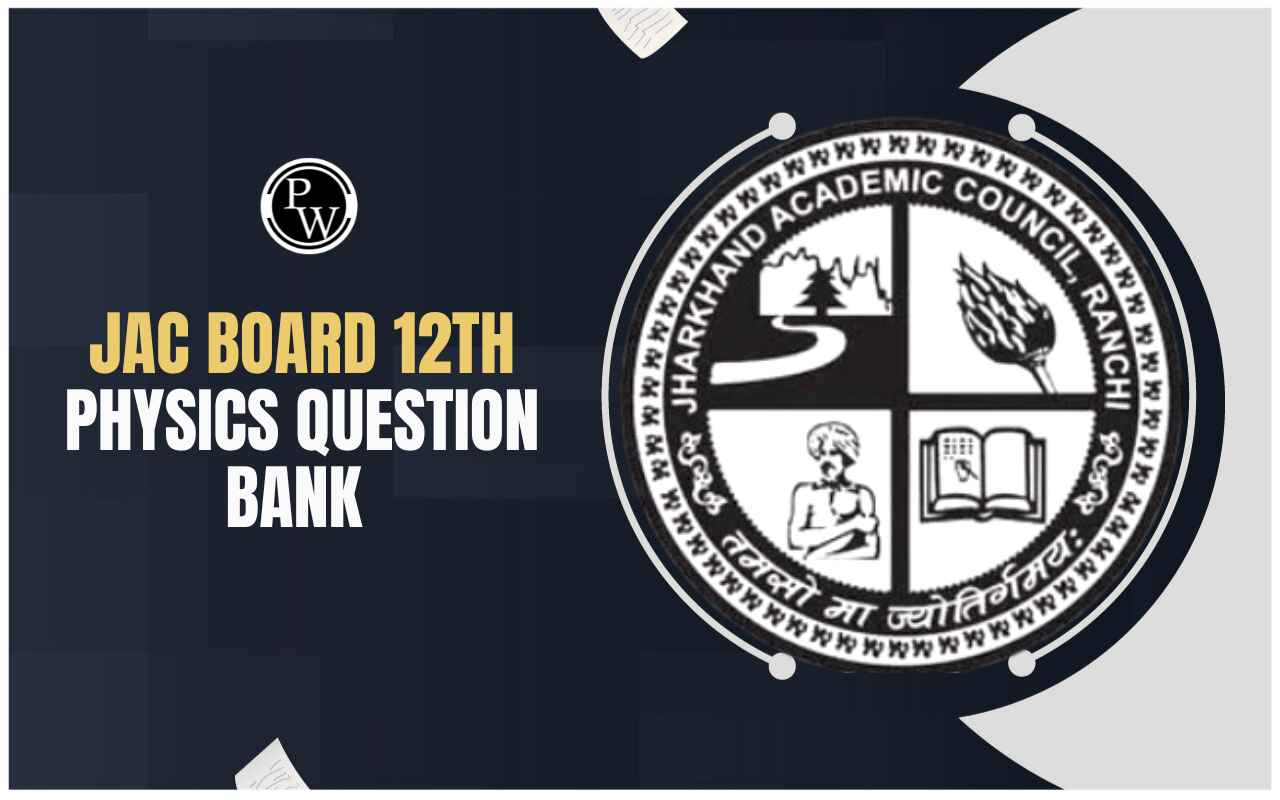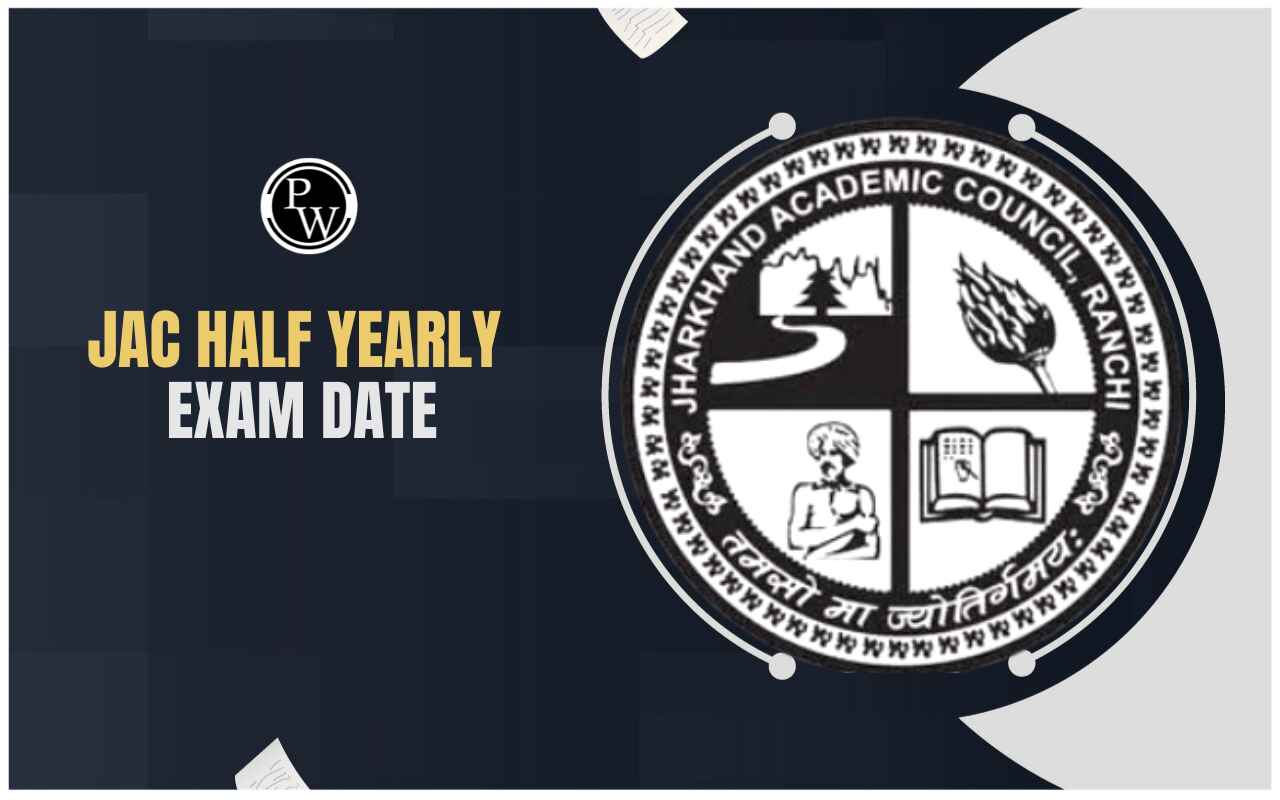

JAC Board Class 11th Geography Syllabus 2025-26: The Jharkhand Academic Council (JAC) releases the official Geography syllabus for Class 11 students under the Science and Arts streams for the academic year. This syllabus has been structured into theory and practical components, both of which are important for final evaluations.
Geography at this level introduces students to key aspects of the physical environment, maps, landforms, weather systems, and more. The syllabus includes a clear chapter distribution month-wise and allotted periods for each topic which can help both students and teachers. This way students can manage their time effectively and complete the syllabus on time.
JAC Board Class 11th Geography Syllabus 2025-26 Overview
JAC Board Class 11th Geography Syllabus 2025-26 focuses on both theoretical and practical learning through Fundamentals of Physical Geography and India: Physical Environment. The syllabus is structured to help students understand landforms, climate systems, oceans, biodiversity, and natural disasters. Here is the JAC Board Class 11th Geography syllabus 2025-26 Overview:
|
JAC Board Class 11th Geography syllabus 2025-26 Overview |
|
|
Particulars |
Details |
|
Board |
Jharkhand Academic Council (JAC) |
|
Class |
11th |
|
Subject |
Geography |
|
Books Covered |
Fundamentals of Physical Geography & India: Physical Environment |
|
Total Assessment Structure |
Theory + Practical + Internal Assessment |
JAC Board Class 11th Geography Syllabus 2025-26 Exam Pattern
The Class 11 Geography exam includes a written exam and practical assessments. The written exam includes questions based on both Indian and World Physical Geography, while the practical exam includes hands-on work related to maps, projections, scales, and related geographical skills. Here is the JAC Board Class 11th Geography Syllabus 2025-26 exam pattern:
|
JAC Board Class 11th Geography Syllabus 2025-26 Exam Pattern |
|
|
Component |
Details |
|
Exam Type |
Written + Practical |
|
Question Format |
Multiple Choice Questions (MCQs) and Map-based |
|
Exam Pattern |
OMR Based |
|
Assessment Areas |
World Geography, Indian Geography, Map Work, Disaster Management, Remote Sensing |
JAC Board Class 11th Geography Syllabus 2026 Download PDF
Students must download the official PDF of the JAC Class 11 Geography Syllabus to learn about the chapters included in the syllabus. The syllabus PDF contains the complete list of chapters from both textbooks, along with the practical components and map work details.
Having a hard copy of the syllabus will help both students and teachers to plan their studies strategically, stay aligned with board expectations, and ensure no topic is missed during preparation.
JAC Board Class 11th Geography Syllabus 2025-26
Study without using the internet
JAC Board Class 11th Geography Syllabus 2025-26
JAC Board Class 11th Geography Syllabus 2025-26 is divided across two major NCERT textbooks: "Fundamentals of Physical Geography" and "India: Physical Environment". Both these textbooks aim to provide students a structured understanding of both global physical features and the unique physical environment of India.
This syllabus will help students build core geographical concepts such as the formation of landforms, climatic systems, biodiversity, and India's physiographic features. It also includes internal assessments for topics like climate change, disasters, and conservation, allowing students to apply their conceptual understanding on practical assessment. Here is the complete JAC Board Class 11th Geography Syllabus 2025-26 for each chapter:
|
JAC Board Class 11th Geography Syllabus 2025-26 |
|
|
Fundamentals of Physical Geography |
|
|
Unit Name |
Chapter Name |
|
Unit I – Geography as a Discipline |
Geography as a Discipline |
|
Unit II – The Earth |
The Origin and Evolution of the Earth |
|
Interior of the Earth |
|
|
Distribution of Oceans and Continents |
|
|
Unit III – Landforms |
Geomorphic Processes |
|
Landform and their Evolution |
|
|
Unit IV – Climate |
Composition and Structure of Atmosphere |
|
Solar Radiation, Heat Balance and Temperature |
|
|
Atmospheric Circulations and Weather Systems |
|
|
Water in the Atmosphere |
|
|
World Climate and Climate Change (Internal Assessment) |
|
|
Unit V – Water (Oceans) |
Water (Oceans) |
|
Movements of Ocean Water |
|
|
Unit VI – Life on the Earth |
Biodiversity and Conservation (Internal Assessment) |
|
Map Work |
|
|
India: Physical Environment |
|
|
Unit I – Introduction |
India – Location |
|
Unit II – Physiography |
Structure and Physiography |
|
Drainage System |
|
|
Unit III – Climate, Vegetation and Soil |
Climate |
|
Natural Vegetation |
|
|
Unit IV – Natural Hazards and Disasters |
Natural Hazards and Disasters (Internal Assessment) |
|
Map Work |
|
JAC Board Class 11th Geography Syllabus 2026 Practical Assessment
Geography is not just about reading maps, it's about interpreting the world through data, visuals, and hands-on analysis. The practical syllabus for Class 11 will help students understand key geographical skills such as map reading, scale measurement, time calculations, projections, and basics of remote sensing.
It includes the maintenance of a practical file, map-related questions, and viva. Students must focus on accuracy, neatness, and clarity in their practical responses. Here is a detailed information about JAC Board Class 11th Geography Syllabus 2026 Practical Assessment:
|
JAC Board Class 11th Geography Syllabus 2026 Practical Assessment |
|
|
Part |
Chapter Name |
|
Geography Practical Part I |
Introduction to Maps |
|
Map Scale |
|
|
Latitude, Longitude and Time |
|
|
Geography Practical Part II |
Map Projections |
|
Topographical Maps |
|
|
Introduction to Remote Sensing |
|
|
Practical File and Viva |
Practical File and Viva |
JAC Board Class 11th Geography Syllabus 2026 Recommended Books
Students must include the books in the study schedule prescribed by the JAC Board. Here are the names of the books you must refer during the preparation for JAC Board Class 11th Geography exam 2026:
-
NCERT - Fundamentals of Physical Geography (Class XI)
-
NCERT - India: Physical Environment (Class XI)
-
NCERT - Practical Work in Geography (Class XI)
-
JAC-prescribed teacher's manuals and map booklets
JAC Board Class 11th Physics Syllabus
How to Prepare for JAC Board Class 11th Geography Exam 2026?
Preparing for Class 11 Geography under the JAC Board requires a balanced approach that focuses on understanding concepts, map practice, and understanding both theoretical and practical sections. Here are some preparation tips to help you prepare well for the exam:
-
Begin by understanding both NCERT textbooks: Fundamentals of Physical Geography and India: Physical Environment. Geography is not about memorizing facts, it's about understanding the reason behind why things happen on Earth, like the formation of mountains or the patterns of climate. For example, when studying “Atmospheric Circulation,” focus on the cause-effect relationship of winds, Coriolis force, and pressure belts.
-
Map-based questions are scoring but require consistent revision. Practice locating the major rivers of India for the Drainage System chapter, Ocean currents for Movements of Ocean Water, and Physiographic divisions of India. Make sure you can label features clearly and accurately as poor labelling or misplacement can reduce marks even if the answer is correct.
-
Just try to understand everything. You must summarise each chapter with short definitions, cause-effect chains, and well-labelled diagrams (e.g., layers of the atmosphere, types of river erosion).
-
Don’t neglect the practical assessment. Give time to prepare the Practical File, Viva, and Lab Work as they carry significant marks. Make sure that your file is neat, correct, and up to date. Practice drawing and interpreting topographical maps, calculating scales and converting time zones, and understanding basic remote sensing and its applications.
-
You must solve the JAC Board’s previous year papers or school pre-board papers as it will help you understand question formats (short vs long answer). It will also help you understand the internal assessment topics like Disaster Management and Biodiversity.
JAC Board Class 11th Geography Syllabus 2025-26 FAQs
How to download JAC Board syllabus?
What is the pattern of JAC Board 11th exam?
What is the passing marks for JAC exam?
Does Jac Board follow NCERT?





